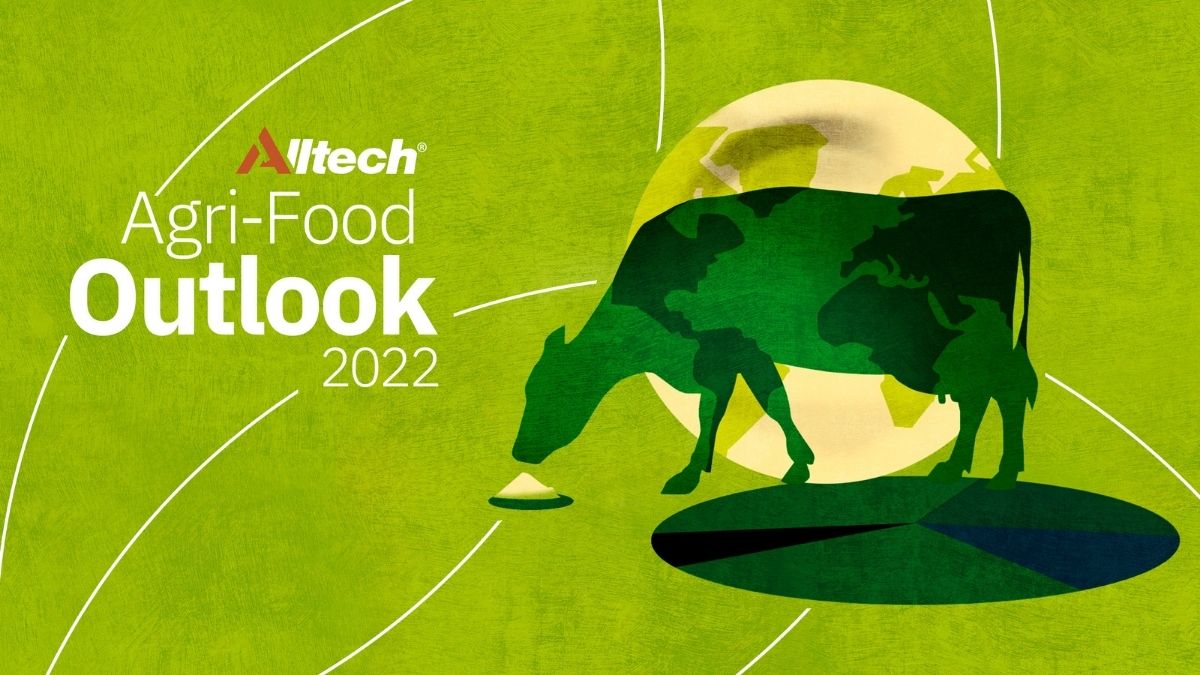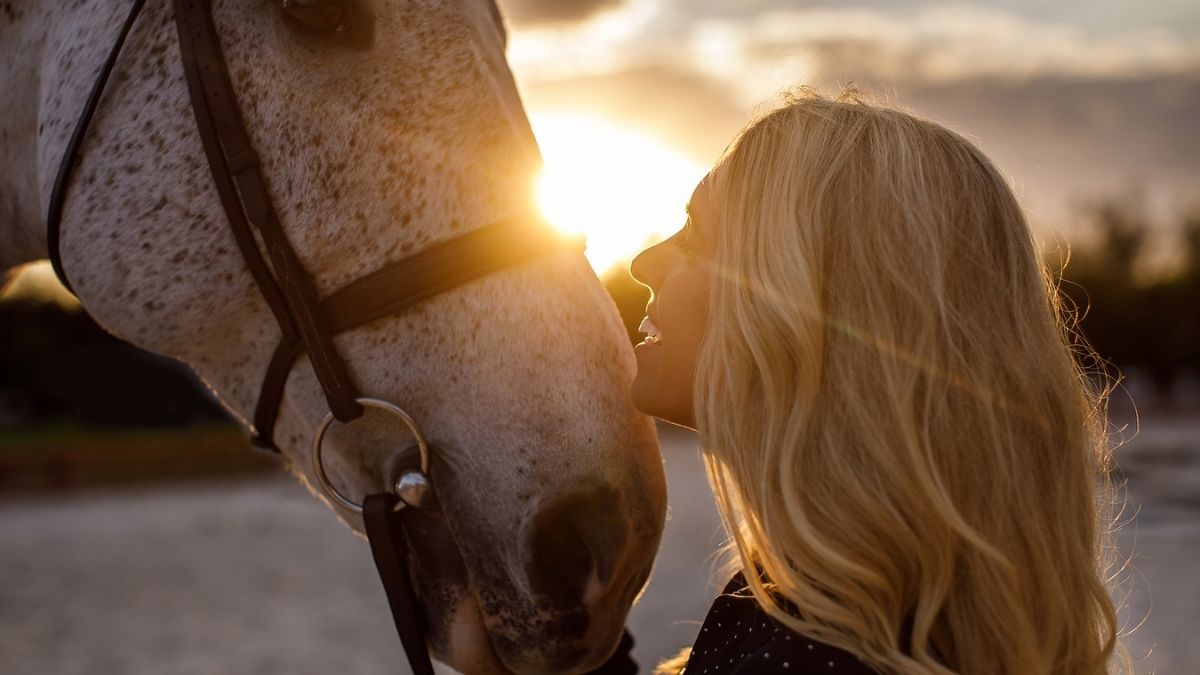Why are horse feed prices so high?
Not to use the “we’re living in unprecedented times” phrase one more time, but it really is quite a time to be alive. It is impossible not to notice the increases in most items we buy, including horse feed.
Instead of just accepting that everything is more expensive right now, I investigated the root causes of the increasing cost to feed a horse and can offer recommendations on making the most of the nutrition in your horse’s feed bag.
We are currently experiencing three critical factors in world markets that directly impact the ingredients in a feed bag:
1. First and foremost, there is a trucking shortage. This is a hangover from the effects of COVID-19 that is still being reorganized, whether we want to admit it or not.
With fewer trucks on the road and different mandates restricting how trucks can cross borders, the current reality is that the transportation industry is challenging.
Many minerals and other commodities, such as wheat and oats, must be transported between countries and states. Additionally, as fuel prices have increased due to conflict around the world, freight charges have increased too. These input costs to get a bag of horse feed to your local dealer directly impact the price you pay.
2. The weather patterns over the last year, including drought, resulted in a poor growing season and caused dramatic price increases in oats, flax and horse hay, to name a few.
To put it simply, fewer trucks and ingredients lead to increased hay and feed prices.
3. The world is interconnected. For example, Russia and Ukraine together produce approximately 14% of the world’s wheat crop and about 80% of the world’s sunflower seed production (some estimates are higher).
This means that the current conflict is not just horrifying on a human level but also directly impacting agriculture and the commodities that are often used to formulate your horse’s feed bag.
Is there any good news?
Yes! Commodity prices are cyclical. As the human race, we have been through many difficult times previously, and we will make it through this period of history as well.
The best things that we can all do right now include:
1. Do not panic: Perhaps cliché, but fear does not do anyone any favors. Do your best with what you have in this moment. Staying in a steady state will be your superpower during these times (i.e., let us not all panic buy like we did when COVID-19 came onto the scene).
2. Develop your curiosity: Rather than jumping to conclusions about increasing prices, I would encourage you to do your own research and really take the time to understand what is going on. Read articles and news sources that you would not normally read. Talk to experts. Embrace the fact that there is much to learn.
3. Give each other (including your local feed dealer!) grace as we all navigate the current challenges: No one is out to get you or your wallet. Having grace and understanding is what others require from you at this time.
How horse owners can save money on feed
The other good news is that there are a few ways to ensure that you are getting the most from your horse’s nutrition. Some things to try include:
1. Feeding efficient feed: Yes, prices are high right now, but you can make the most of each dollar by choosing high-quality horse nutrition programs. For instance, feeds that use science-backed pre- and probiotics can help improve your horse’s ability to digest and absorb nutrients, which means that less of the money you spend per bag will be excreted as waste.
2. Feeding hay in a slow feeder or hay net: As you know, hay is the most important part of a horse’s diet. Slow feeders and hay nets can help minimize hay waste by horses and also contribute to horse health by offering a consistent supply of forage.
3. Feeding organic minerals: As noted above, one component of increasing prices has to do with weather patterns. While we will never have control of Mother Nature, doing our best to minimize environmental impact is crucial. Organic minerals are better utilized by the horse, which means that fewer are excreted into the environment. Choosing horse diets with 100% organic minerals can help reduce your environmental footprint.
In summary
The point of this article is not to incite fear, start a political conversation or make anyone angry.
The point here is that horse feed prices have increased, and many, including myself, are asking why. The reality is that the last few years have been challenging in many ways, and we are still experiencing the repercussions.
If nothing else, I hope this article reminds you that we are all connected. It is not about one country, one state or even one city. The world relies on us in many ways, and it is more important than ever that we start to realize that. Maybe you feel disconnected from what is happening across the country or around the world, but it truly has an impact on our lives, even at the level of how much we pay for a bag of horse feed.
My hope is that this blog opened your eyes a little bit more to the current world climate. I hope that you can start to see that everyone is doing their best right now, and maybe, just maybe, if we can offer one another the grace and compassion to navigate these times, we will come out stronger and more connected on the other side.
I want to learn more about nutrition for my horses.
- Read more about Why are horse feed prices so high?
- Log in to post comments

<script charset="utf-8" type="text/javascript" src="//js.hsforms.net/forms/v2-legacy.js"></script>
<![endif]-->
<script charset="utf-8" type="text/javascript" src="//js.hsforms.net/forms/v2.js"></script>
<script>
hbspt.forms.create({
portalId: "745395",
formId: "0db1e6e4-d108-45b2-b266-6a44d9844fb5"
});
</script>
It’s impossible to not notice the current increases on most items we buy, including horse feed. Let's investigate the root causes of the increasing cost to feed a horse and learn how to make the most of the nutrition in your horse’s feed bag.







































